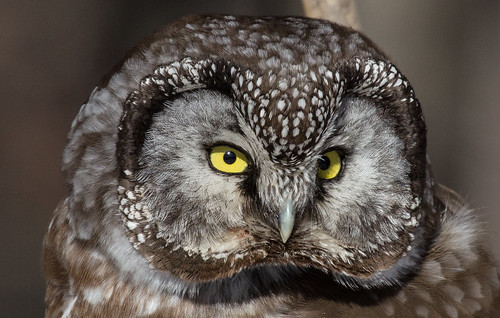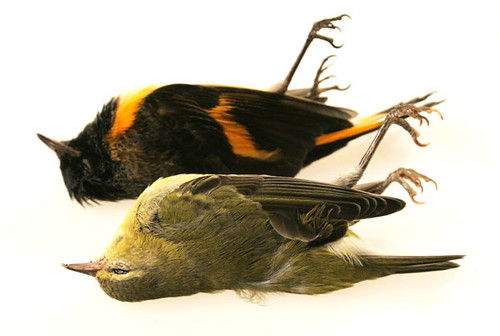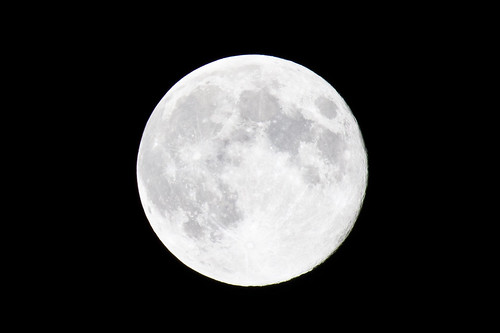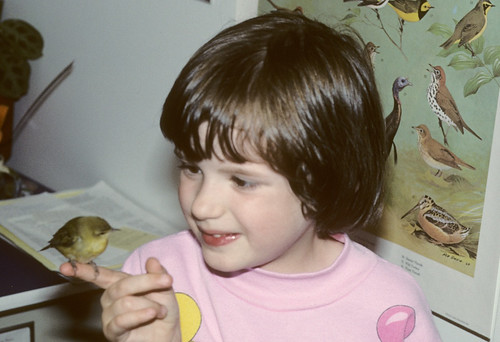 |
| The Boreal Owl was one of the splendid birds that drew me to Duluth in the first place. Boreal Owls are frequently killed by windows when hunting in backyards. |
| Notice that even the architects' conception of this project includes birds. |
Now Essentia, the provider he and I have been using for decades, is going to be building a state-of-the-art facility, a glass tower that will stand far above the surrounding buildings. I’m hoping against hope that they will use glass that prevents birds from hitting the building both by day and by night.
At least a billion birds a year are killed at windows in the United States, which is 5 to 10 percent of the total bird population of North America. As a city on a huge migration path, Duluth takes out more than our share.
Many birds die outright in any collision with glass. We take hope when we find one still alive, and if it flies off, we enjoy a palpable sense of relief, but in truth, at least half of all birds that fly off after a collision die later, thanks to brain swelling and other injuries.
Etchings in what is called fritted glass help birds see it by day. That is what we desperately needed on the U.S. Bank Vikings Stadium, because the huge expanse of glass in that whole green area near the river makes the flood of birds feeding, resting, and moseying through the area in spring and fall vulnerable to collisions. I’ve personally found dead warblers in downtown Duluth that smacked into relatively low buildings, and people working at UMD, the airport, and Essentia as it is now have documented plenty of bird kills from collisions with glass at all those places. Fritted glass would have protected many of these birds.
But birds collide with glass at nighttime, too, and fritted glass doesn’t help them. What lures them in to collide with communications towers and tall buildings are lights.
Most of our songbirds that pass through Duluth in spring and fall do their long-distance travel by night, when conditions are cooler and less windy, and when hawks aren’t about. As these songbirds take off after dark, they head straight for one bright light—which their instincts tell them is the moon—to know they have a clear path up above all obstructions. Once they reach altitude, they can use the stars, geomagnetism, and other guides to navigate, but if they get confused because of clouds or fog, they head straight for lights, which they instinctively know must be the moon or stars, which are impossible to collide with.
When I was rehabbing, I had to be careful at night during spring or fall if I entered a room with warblers—if I turned on a light, the little birds all instantly flew directly toward and into it. That gave me a pretty clear idea why so many birds are killed by colliding into windows and lights on high rises. These deaths are especially numerous when there are dense clouds, drizzle, or fog—weather conditions especially prevalent in Duluth during spring and fall migration. When birds lose sight of the moon and stars in these conditions, they go for the brightest light they can see.
Some glass has been developed to vastly reduce light transmission—this is now used in some coastal areas of Florida to keep baby sea turtles from heading the wrong direction when they hatch and must head toward the sparkling water. It would be great to use this low-transmission glass on the new tower. Having that darker glass fritted would protect birds 24-7.
Nature is such a part of our quality of life here in Duluth that many healthcare companies, from pharmaceuticals and insurance companies to Essentia itself, use nature in their advertising, as a palpable symbol of the quality-of-life issues their services and products help give us. Quality health care should not be incompatible with the survival of birds. Let’s hope Essentia selects glass for their new tower that will make this building state-of-the-art for healthcare and for the birds that help us to enjoy our healthy lives.



